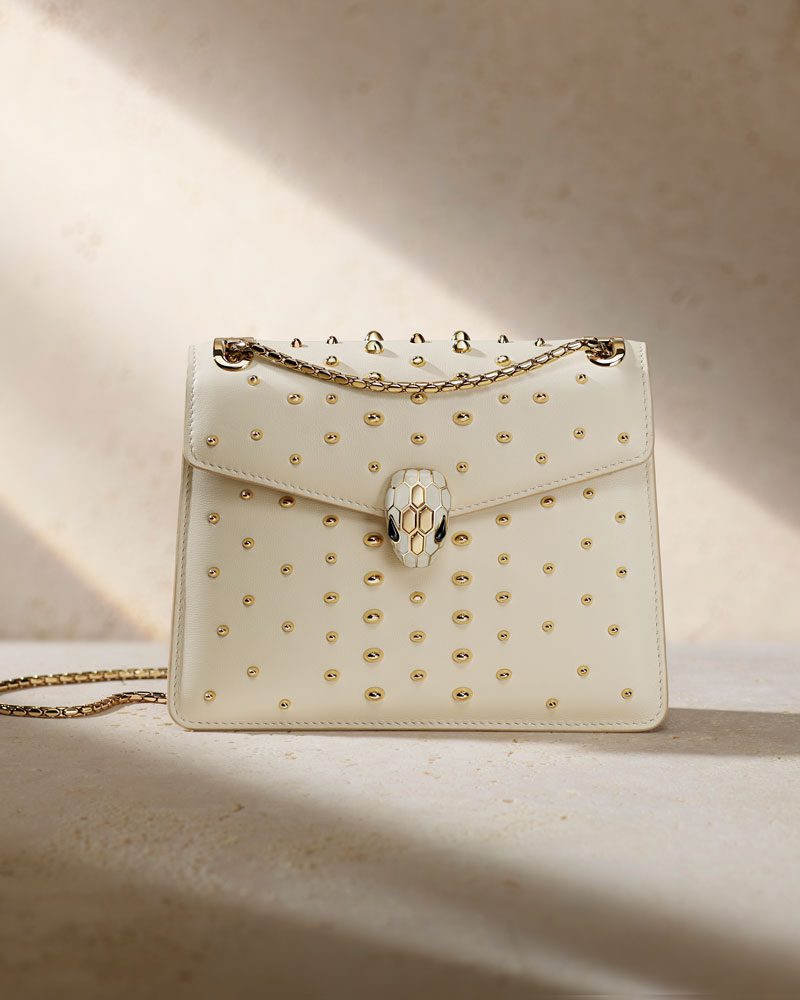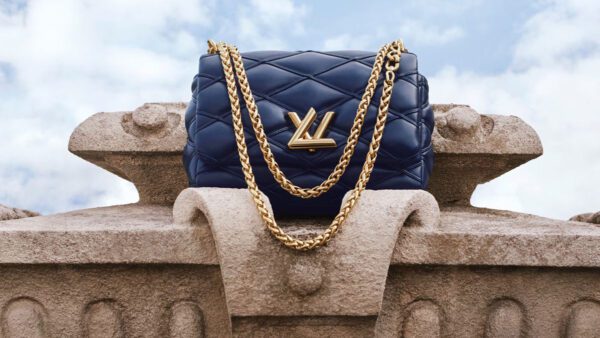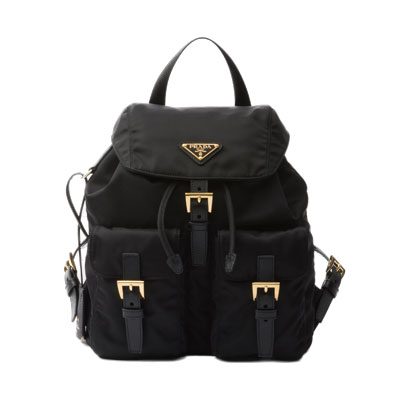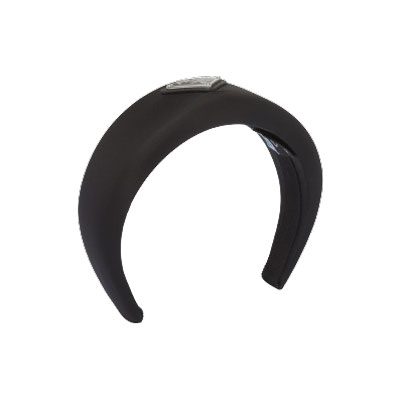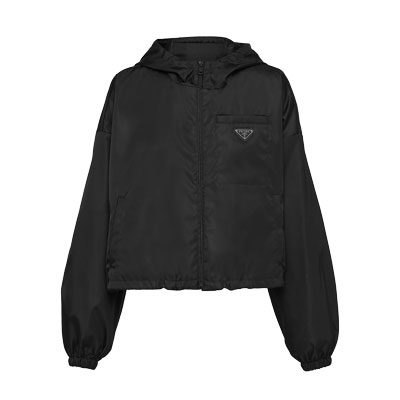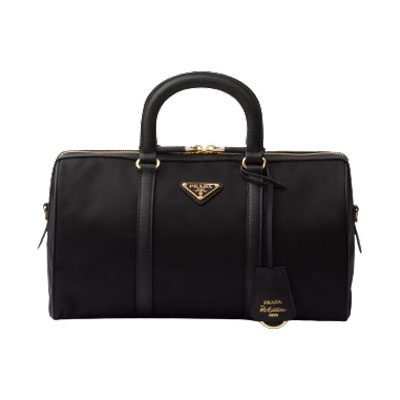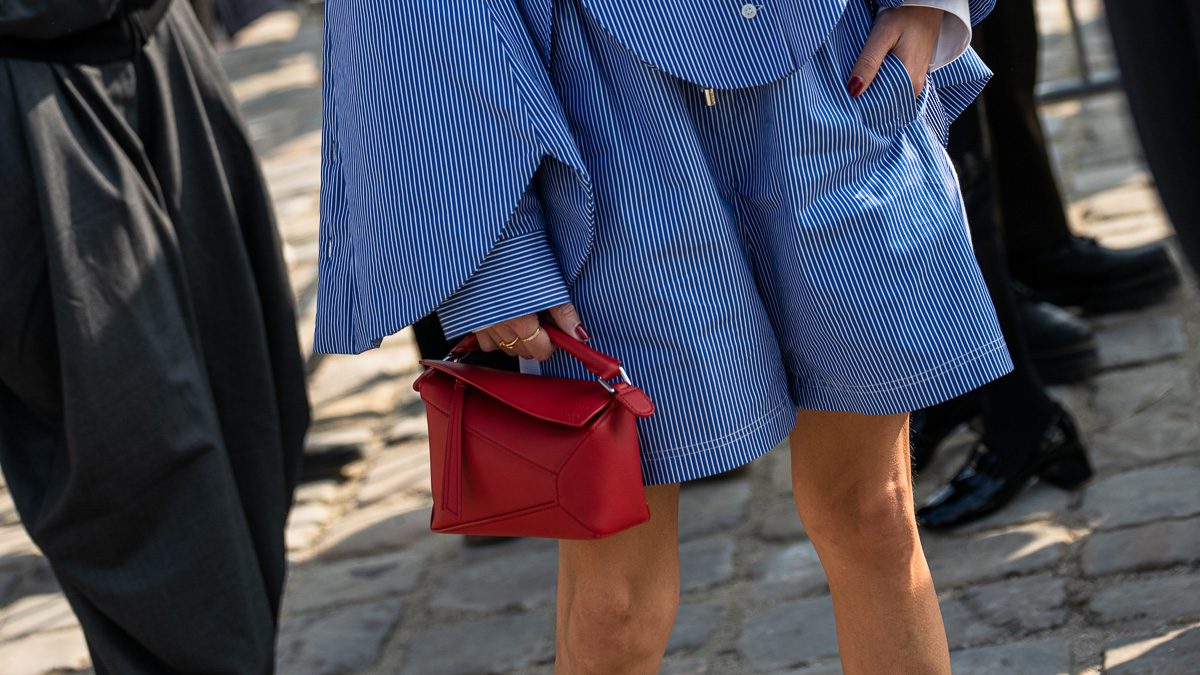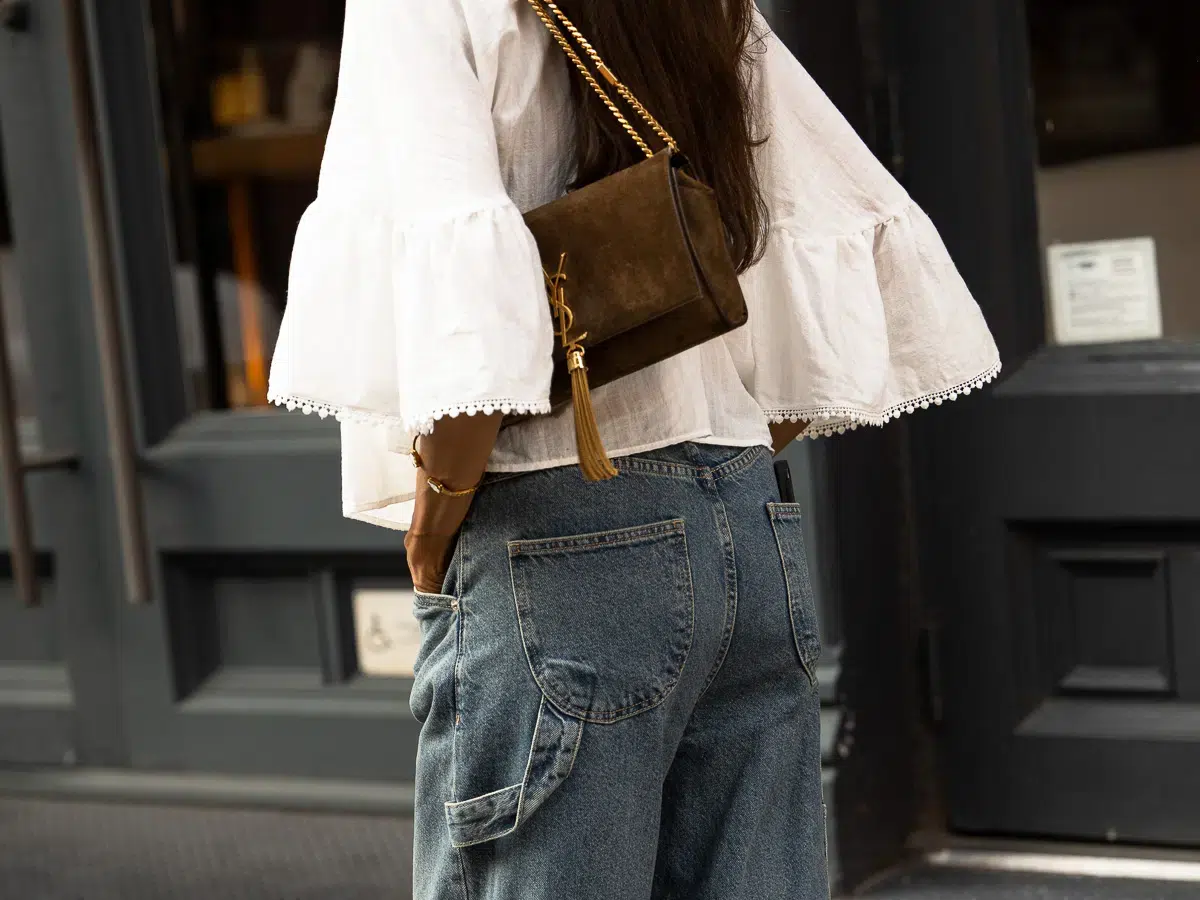Founded in Rome by Sotirio Bulgari, a Greek silversmith, in 1884, Bulgari was established on the Greco-Roman heritage of its namesake founder. Recognized first for its exquisite jewelry, the Bulgari family has defined a distinct aesthetic and an unparalleled reputation of Italian craft in its 140 years in business.
The brand’s early days were defined by Bulgari’s approach to retail and the art of selling, which evolved in the House’s first boutique on Via Sistina in Rome and later boutiques around Italy. Sotirio Bulgari’s vision was to curate a unique Italian experience through his work, which blended Mediterranean style with Sotirio’s attention to craft.
The Beginning
In the late 1940s, Bulgari’s most defining House motif was conceptualized, marking a new Chapter for the House. Enter: the Bulgari Serpenti.
An emblem of transformation, the mythology of the Serpenti began long before its ties to Bulgari, with roots in both Greek and Roman mythology; the Serpenti’s connection to the House of Bulgari is innate. Believed to possess transformative and regenerative powers, its spirit symbolizes renewal and rebirth.
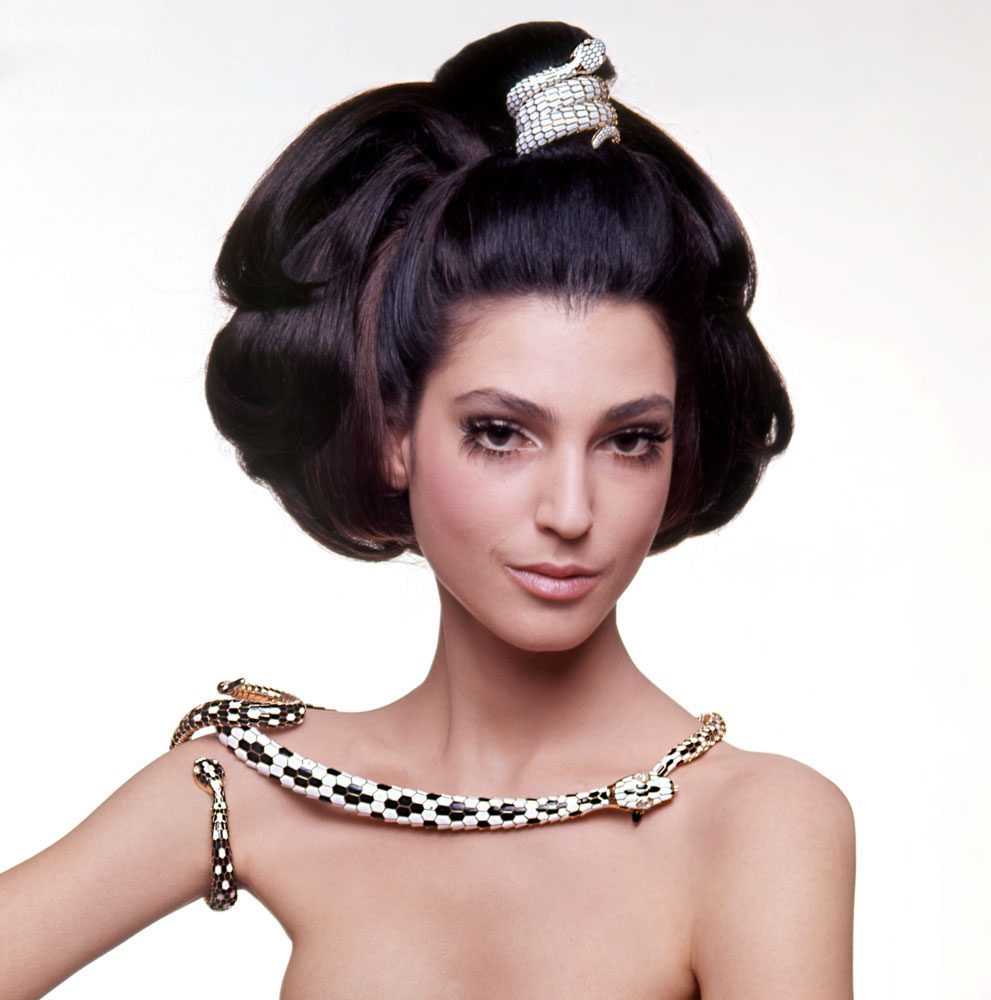
Since its first use in 1948, the Serpenti has been integral to Bulgari’s DNA, and having been used for over 75 years, it has seen many versions. In those early days, the Serpenti was highly stylized, first appearing on intricate watches meant to be wrapped around the wrist.
The uniqueness of the shape was achieved through a technique called Tubogas, creating a unique flexible band of precious metal obtained without soldering. It was representative of Bulgari’s commitment to craft and innovation, which remains still to this day.
The Evolution
While the Serpenti will forever remain an integral part of the brand’s DNA, its use has significantly evolved. In the 50s and 60s, its usage saw further evolution by introducing precious stones like ruby, emeralds, and diamonds embellished onto the Serpenti head as its eyes, and later colored enamel was introduced.
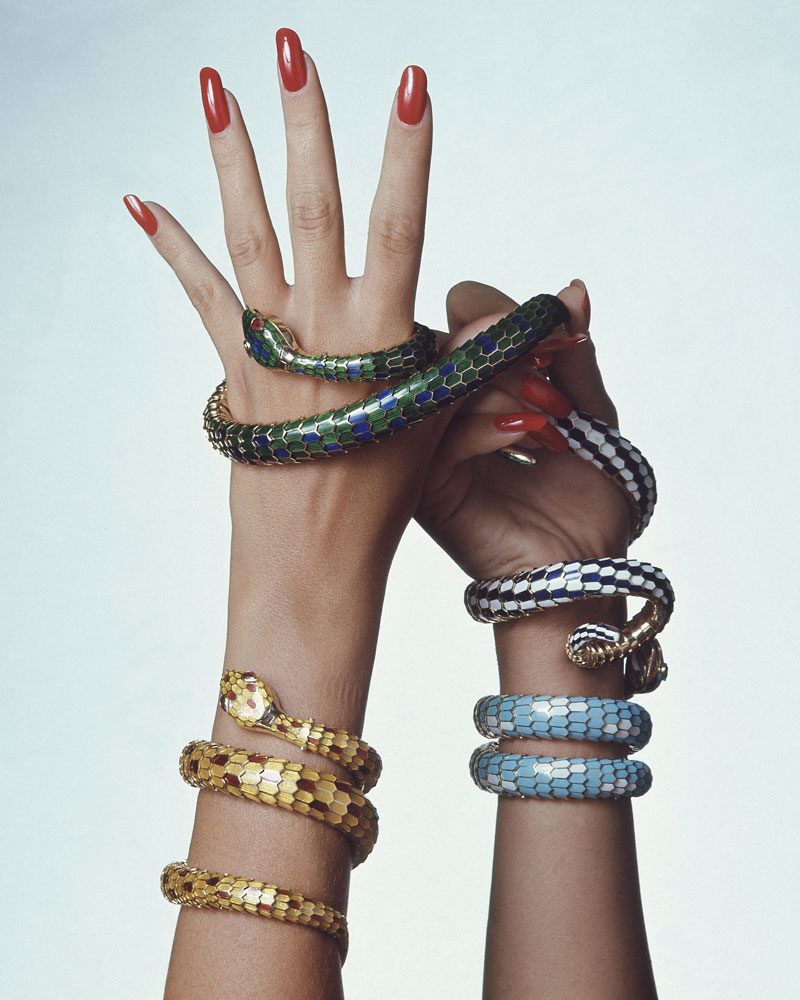
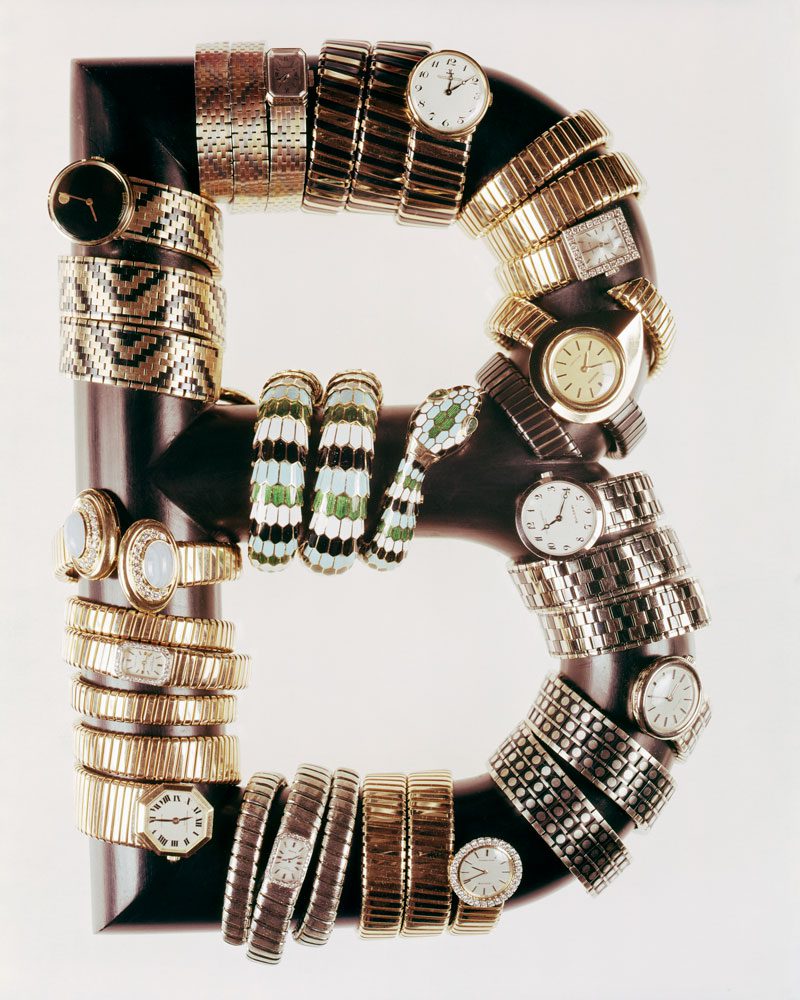
The 50s and 60s were some of the most inventive and transformative years in the Serpenti’s history. During this time, Bulgari created the first hybrid jewelry watch, with the dial concealed by a bejeweled Serpenti head.
Bulgari Takes Bags
Over its 75+ years in existence, the Serpenti motif has been integral to the House’s jewelry and timepieces. Still, it wasn’t until 2008 that small leather goods with the Serpenti motif were introduced, and later, in 2011, handbags.
Like Bulgari’s exquisite jewels, the House’s bags hold tight to their roots, handcrafted in the brand’s Florence Atelier with the unique attention to detail and craft that comes with being a jewelry-first House. Traditional techniques are combined with new construction methods, drawing on the House’s heritage.
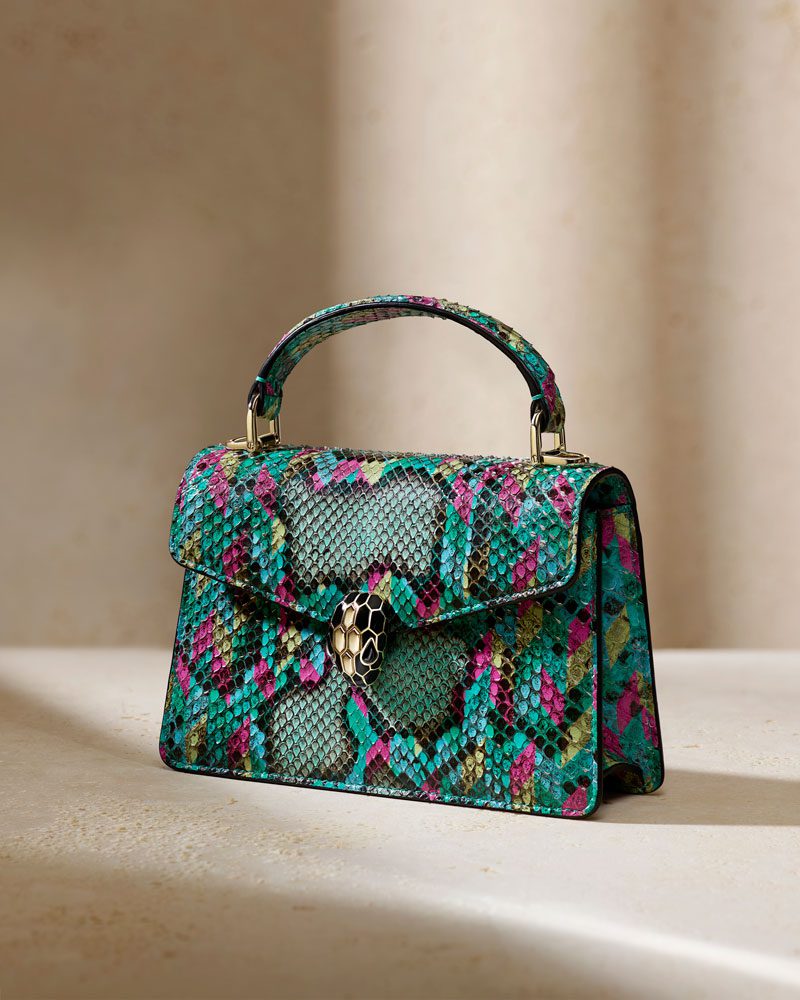
The Serpenti remains at the forefront of Bulgari’s leather goods offerings and has quickly become the brand’s signature bag line. From the brand’s emblematic snakehead closure that acts as a functional adornment to handles in the shape of a serpent, these details make Bulgari’s bags some of the most unique in the handbag world.
The Serpenti line offers a rich heritage, incorporated into designs that can be worn day and night. Ever-evolving, just like the Serpenti itself, Bulgari is one to watch, and now, BVLGARI SERPENTI FOREVER SHOULDER BAG, the next chapter of its ongoing metamorphosis begins.

